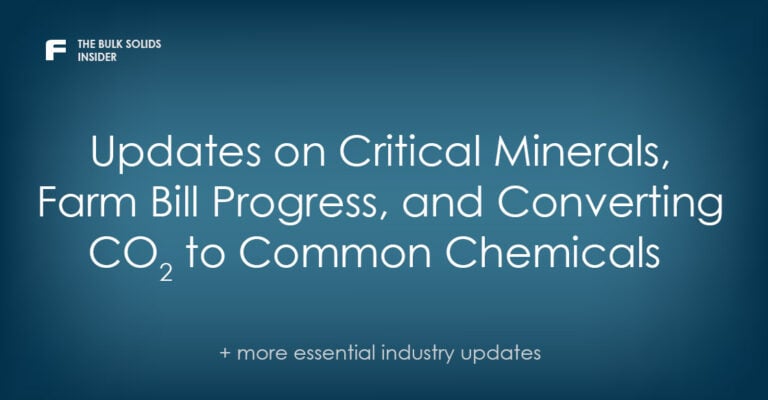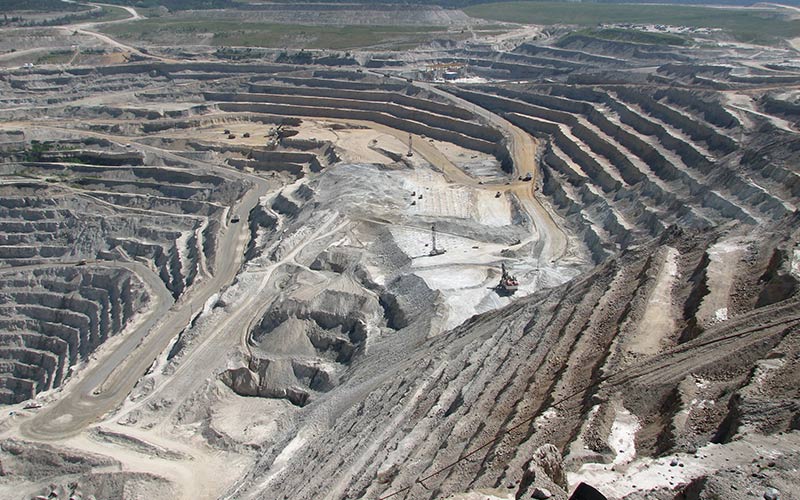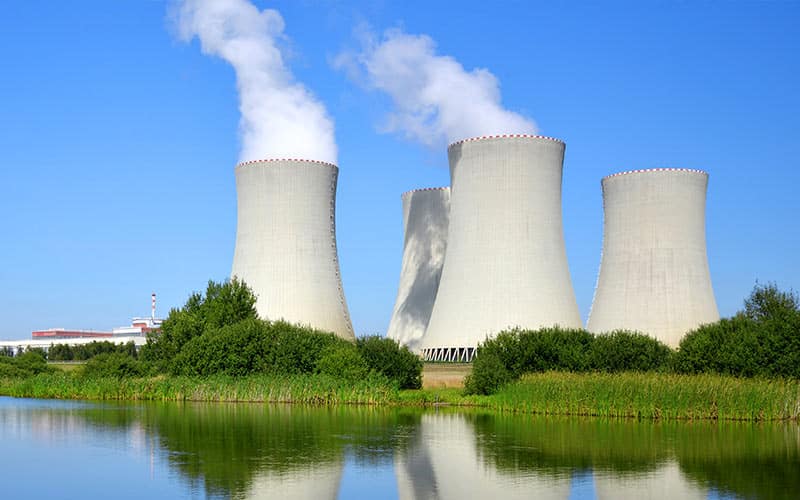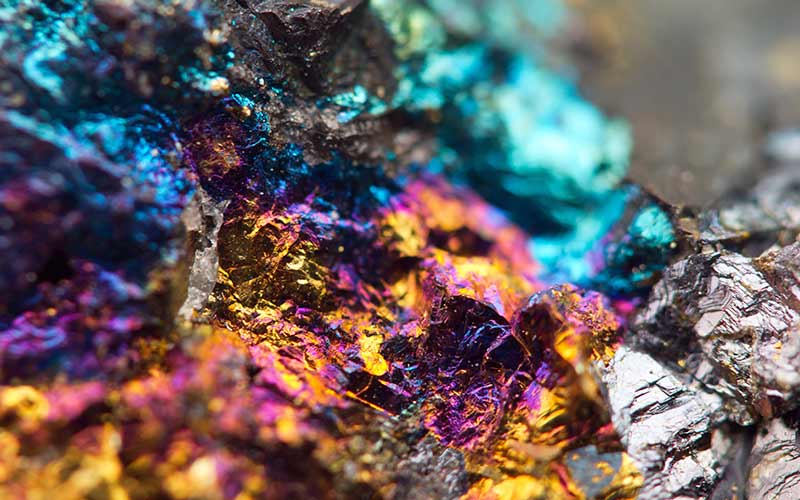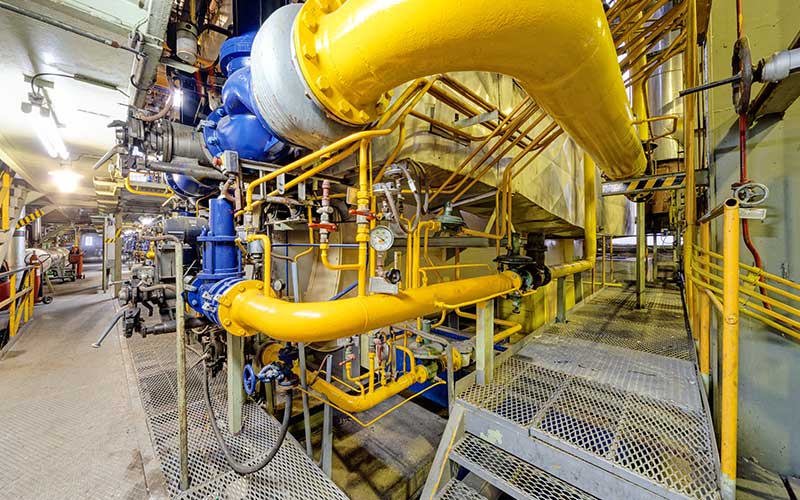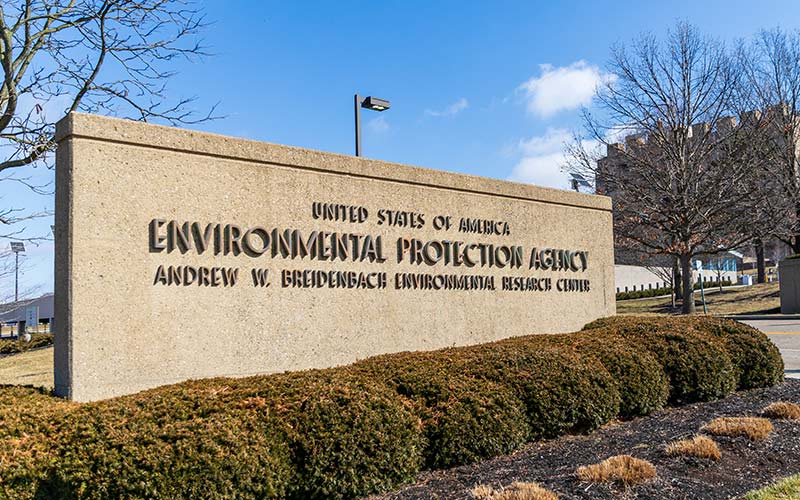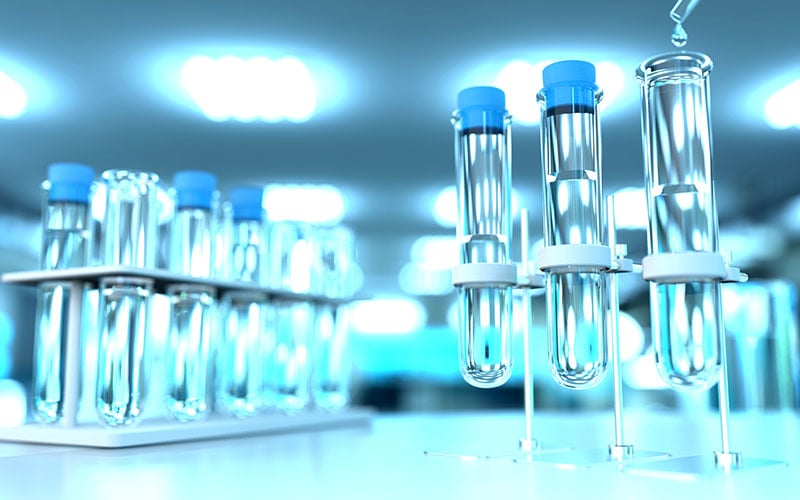Updates in Mining & Minerals
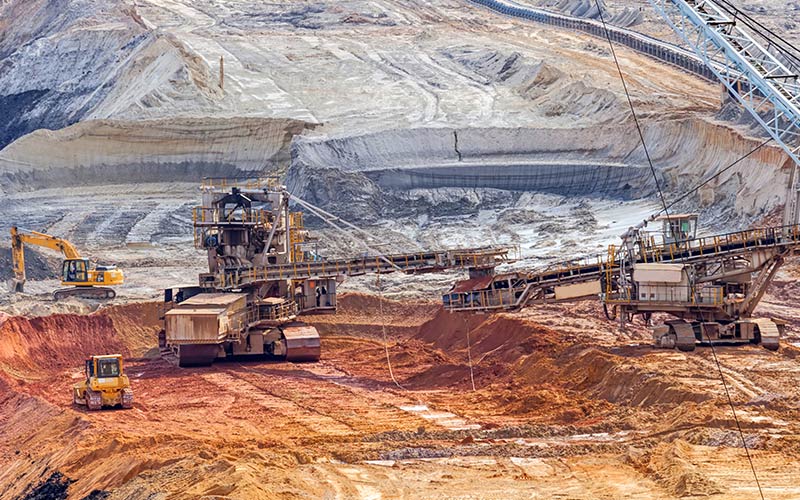
IEA Reports on Critical Minerals Market
A new report from the International Energy Agency, entitled the Global Critical Minerals Outlook 2024, illustrates that while market pressure eased in 2023, “major additional investments” are still needed in order for the world to meet its climate and energy goals.
Australia & European Union Collaborate on Critical Minerals
Australia and the European Union have entered into a memorandum of understanding (MOU) aimed at building a stable, sustainable supply chain of the critical minerals needed to meet their 2050 net zero goals. Australia and the EU will collaborate on environmental, social, and governance (ESG) standards as part of the agreement. Read the announcement >>
Western Australia Enhances Battery and Critical Minerals Strategy
The Association of Mining and Exploration Companies is applauding the recent updates made by the Western Australian Government to the state’s Battery and Critical Minerals Strategy. The refresh will help the state to gain a better foothold in the industry through measures like improved efficiency of approvals, planning and investing in common user infrastructure, targeted support for strategically important projects, and more.
DoD Backs South32’s Hermosa Project
South32 announced that the Department of Defense has awarded their Hermosa project US $20 million under the Defense Production Act battery grant program. The project, located in the Patagonia Mountains of Southern Arizona, is capable of producing two minerals designated as critical by the administration – zinc and manganese, the latter of which can be produced at battery grade, making it essential to the energy transition.
Encouragement for a Domestic Nuclear Fuel Supply Chain
A ban on Russian uranium products signed by President Biden is encouraging domestic nuclear energy efforts, according to the Office of Nuclear Energy. In a statement, the office said, “We’re restarting old reactors, building new ones, and working to deploy advanced reactors to help us meet our clean energy goals. All of those will need fuel, and we can no longer rely on bad actors like Russia to supply it.”
Australia Puts Money on Mapping Minerals
Prime Minister of Australia, Anthony Albenese, has announced an ambitious effort to map the nation’s mineral resources. The Government will invest AU $566.1 million over the next decade to improve its geoscientific data on mineral deposits and energy sources essential to meeting climate and energy goals.
Updates in Fertilizer
Farm Bill Passes the House of Representatives
The House of Representatives Committee on Agriculture has passed the Farm, Food and National Security Act of 2024, better known by most as the Farm Bill, bringing the long-awaited legislation another step closer to fruition.
More Projects Awarded Under Fertilizer Production Expansion Program
The USDA has announced another round of awards made possible through the Fertilizer Production Expansion Program (FPEP). The Department announced $83 million in awards that will go to 12 states to fund a number of projects aimed at boosting domestic fertilizer production.
ADM Beats Regenerative Ag Goals
ADM has announced that they have exceeded their regenerative agriculture acre goal in 2023, surpassing 2 million acres to hit 2.8 million acres. The company will subsequently increase their 2025 goal from 4 million to 5 million. ADM plans to release a detailed report later this year.
Updates in Chemical
New Regulations Causing Upheaval for Chemical Industry
An onslaught of new regulations coming out of the EPA has the chemical sector reeling with questions. Chemical Processing led a discussion on the changes and their impact in their latest Production Pulse segment.
EPA Takes Aim at Hydrofluorocarbons With Historic Investment
The Biden administration has made a landmark investment in climate action efforts with nearly $15 in grants to five recipients. The grants are specifically focused on reclaiming and destroying hydrofluorocarbons – potent greenhouse gasses associated with refrigeration and air conditioning.
From CO2 to Common Chemical
As reported by Phys.org, a collaboration between the U.S. Department of Energy’s Argonne National Laboratory, Northern Illinois University, and Valparaiso University has revealed that a family of catalysts can efficiently convert CO2 into ethanol, acetic acid, and formic acid – all materials commonly used in commercial products. The results of the study were published in the Journal of the American Chemical Society.
Like what you’re reading? Subscribe to our blog for industry updates and expert advice on bulk solids processing and handling.


